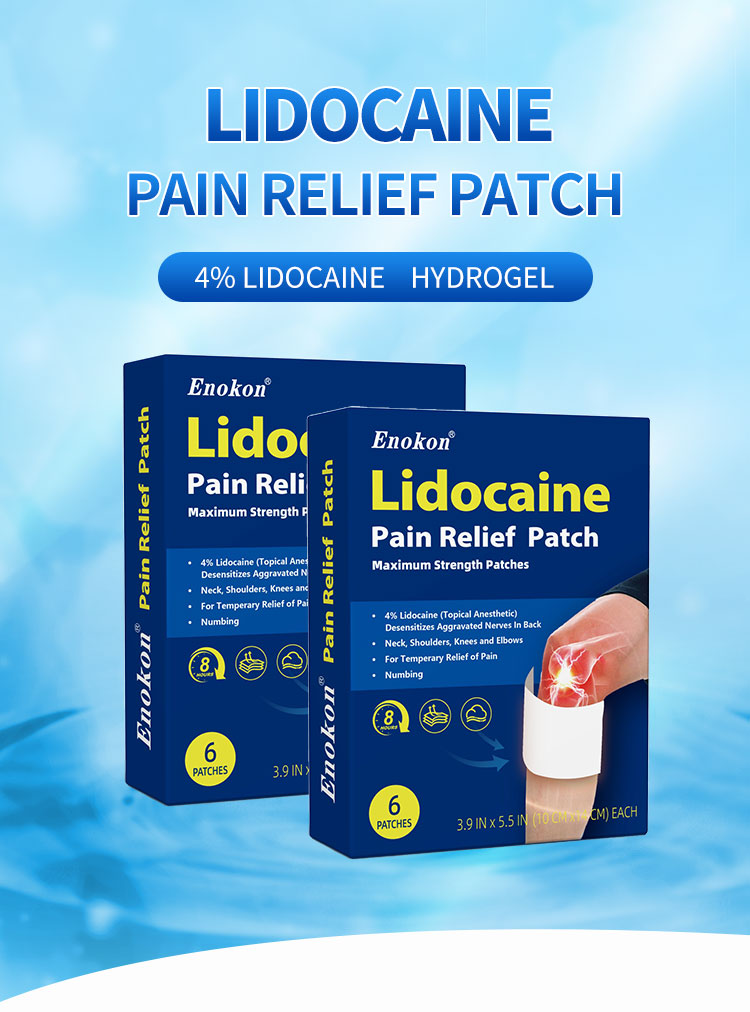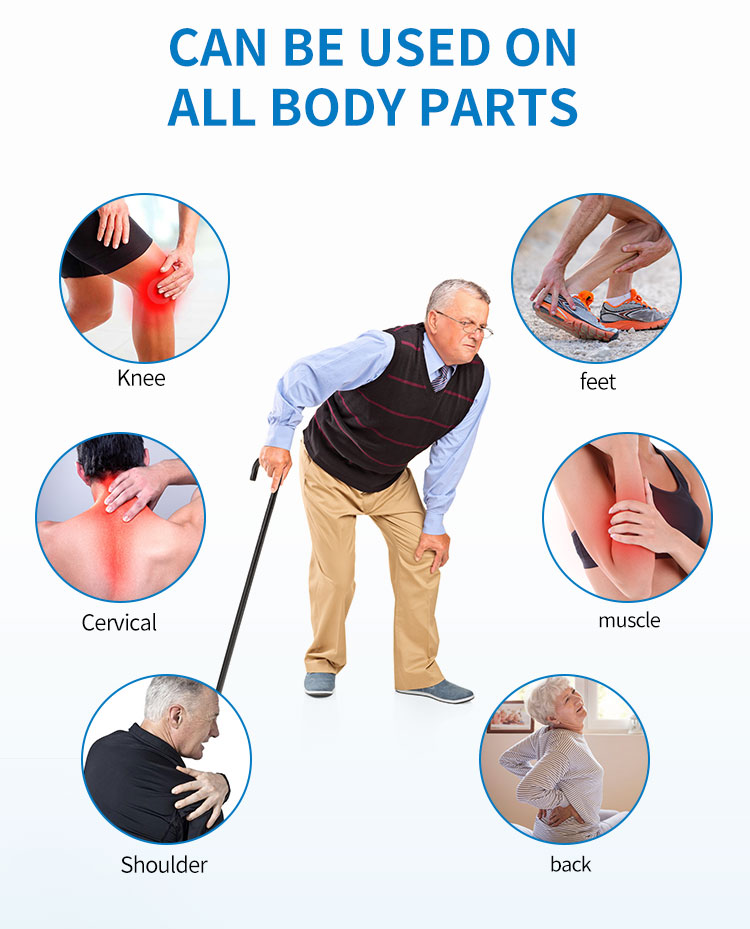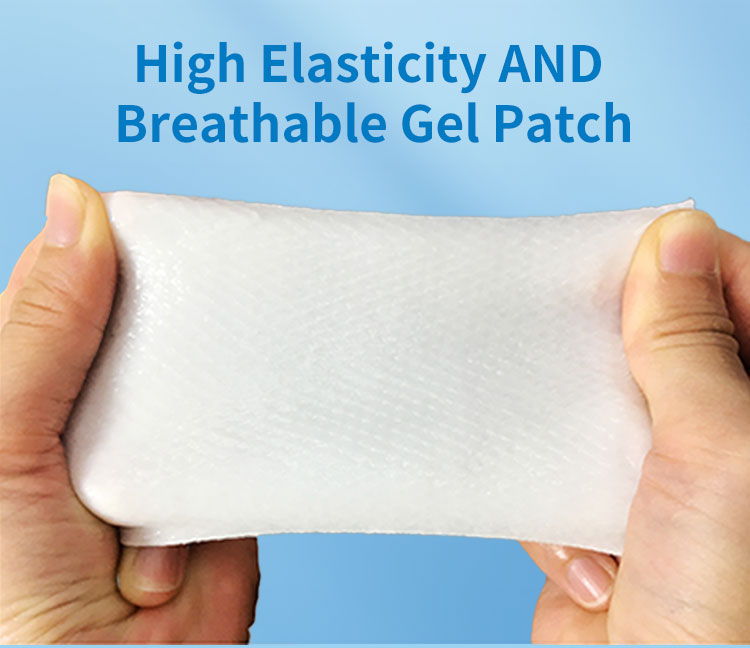The Advantages, Functions, and Suitable Populations of Lidocaine Pain Relief Patches
Pain management is a critical aspect of healthcare, and lidocaine pain relief patches have emerged as a popular and effective solution for localized pain. These patches are designed to deliver lidocaine, a local anesthetic, directly to the affected area, providing targeted relief without the systemic side effects often associated with oral pain medications. This article explores the advantages, functions, and suitable populations for lidocaine pain relief patches.
Advantages of Lidocaine Pain Relief Patches
1. Targeted Pain Relief: One of the most significant advantages of lidocaine patches is their ability to provide targeted pain relief. The patch is applied directly to the painful area, allowing the lidocaine to penetrate the skin and numb the underlying tissues. This localized approach minimizes the risk of systemic side effects, making it a safer option for many patients.
2. Non-Invasive and Easy to Use: Easy to apply. Unlike injections or oral medications, which require precise dosing and administration, patches can be applied by the patient at home. This ease of use enhances patient compliance and convenience.
3. Minimal Systemic Absorption: Because lidocaine patches deliver the medication directly to the affected area, there is minimal absorption into the bloodstream. This reduces the risk of systemic side effects, such as dizziness, nausea, or cardiovascular issues, which are common with oral pain medications.
4. Long-Lasting Relief: Lidocaine patches are designed to provide sustained pain relief over an extended period. Most patches can be worn for up to 12 hours, offering continuous relief without the need for frequent reapplication. This long-lasting effect is particularly beneficial for individuals with chronic pain conditions.
5. Reduced Risk of Drug Interactions: Since lidocaine patches have minimal systemic absorption, they are less likely to interact with other medications the patient may be taking. This makes them a safer option for individuals who are on multiple medications or have complex medical conditions.
6. Versatility: Lidocaine patches can be used to treat a variety of pain conditions, including neuropathic pain, musculoskeletal pain, and post-surgical pain. Their versatility makes them a valuable tool in pain management across different medical fields.
Functions of Lidocaine Pain Relief Patches
1. Local Anesthesia: The primary function of lidocaine patches is to provide local anesthesia. Lidocaine works by blocking sodium channels in nerve cells, preventing the transmission of pain signals to the brain. This numbing effect helps to alleviate pain in the affected area.
2. Anti-Inflammatory Effects: Some lidocaine patches also contain additional ingredients, such as anti-inflammatory agents, which can help reduce inflammation and swelling in the affected area. This dual action of pain relief and anti-inflammatory effects can be particularly beneficial for conditions like arthritis or sports injuries.
3. Improved Mobility: By reducing pain and inflammation, lidocaine patches can help improve mobility in patients with musculoskeletal conditions. This can enhance the patient's quality of life and allow them to engage in physical activities that may have been previously limited by pain.
4. Post-Surgical Pain Management: Lidocaine patches are commonly used for post-surgical pain management. They can be applied to the surgical site to provide localized pain relief, reducing the need for oral opioids and other systemic pain medications. This can help accelerate recovery and reduce the risk of opioid-related side effects.
5. Neuropathic Pain Relief: Lidocaine patches are particularly effective in managing neuropathic pain, which is often difficult to treat with traditional pain medications. Conditions such as diabetic neuropathy, postherpetic neuralgia, and peripheral neuropathy can benefit from the targeted pain relief provided by lidocaine patches.
Suitable Populations for Lidocaine Pain Relief Patches
1. Patients with Chronic Pain Conditions: Individuals suffering from chronic pain conditions, such as arthritis, fibromyalgia, or chronic back pain, can benefit from the long-lasting pain relief provided by lidocaine patches. These patches can be used as part of a comprehensive pain management plan to improve the patient's quality of life.
2. Post-Surgical Patients: Patients recovering from surgery often experience localized pain at the surgical site. Lidocaine patches can be used to manage this pain, reducing the need for oral opioids and minimizing the risk of systemic side effects. This can help promote faster recovery and improve patient outcomes.
3. Individuals with Neuropathic Pain: Neuropathic pain, which is caused by damage to the nerves, can be challenging to treat. Lidocaine patches are particularly effective in managing this type of pain, providing targeted relief without the need for systemic medications. Patients with conditions such as diabetic neuropathy or postherpetic neuralgia may find significant relief with lidocaine patches.
4. Athletes and Active Individuals: Athletes and active individuals who experience musculoskeletal pain or injuries can benefit from the anti-inflammatory and pain-relieving effects of lidocaine patches. These patches can be applied to areas of strain or injury, helping to reduce pain and inflammation and promote faster recovery.
5. Elderly Patients: Elderly patients often have multiple medical conditions and may be taking several medications. Lidocaine patches offer a safe and effective option for pain management in this population, as they have minimal systemic absorption and a low risk of drug interactions. Additionally, the ease of use makes them a convenient option for elderly patients who may have difficulty with more complex pain management regimens.
6. Patients with Opioid Sensitivity: Some patients may be sensitive to opioids or may prefer to avoid them due to the risk of addiction and side effects. Lidocaine patches provide an alternative option for pain management, offering effective relief without the risks associated with opioid use.
Conclusion
Lidocaine pain relief patches offer numerous advantages, including targeted pain relief, ease of use, minimal systemic absorption, and long-lasting effects. They are versatile and can be used to manage a variety of pain conditions, from chronic pain to post-surgical pain and neuropathic pain. Suitable populations for lidocaine patches include patients with chronic pain conditions, post-surgical patients, individuals with neuropathic pain, athletes, elderly patients, and those with opioid sensitivity.


